

—Produits—
 Téléphone +8618073152920
Téléphone +8618073152920 WhatsApp:+8615388025079
Address:Chambre 102, District D, Parc industriel de Houhu, District de Yuelu, Ville de Changsha, Province du Hunan, Chine
Connaissances produit
Temps:2025-08-06 17:43:41 Popularité:174
Une station météorologique photovoltaïque (ou instrument météorologique pour centrale photovoltaïque) est un dispositif de surveillance de haute précision spécialement conçu pour les systèmes photovoltaïques. Elle vise à collecter des données météorologiques clés en temps réel, contribuant ainsi à l'exploitation des centrales solaires, à la gestion agricole et à divers autres secteurs. En associant la technologie des énergies vertes à des systèmes de capteurs avancés, elle favorise non seulement le développement durable de l'industrie photovoltaïque, mais démontre également un vaste potentiel d'application dans de nombreux domaines. Cet article présente en détail la définition, le fonctionnement, les principaux avantages et les principaux scénarios d'application des stations météo photovoltaïques.

Une station météorologique photovoltaïque est un outil de surveillance environnementale spécialement conçu pour les centrales photovoltaïques. Elle mesure et enregistre en temps réel des paramètres clés tels que la température, l'humidité, la vitesse et la direction du vent, la pression atmosphérique et l'intensité du rayonnement solaire. Ces données sont essentielles pour évaluer l'efficacité de la production d'électricité des systèmes photovoltaïques, prévoir la production d'énergie et optimiser les stratégies de maintenance. Contrairement aux stations météorologiques traditionnelles, les stations météo photovoltaïques sont alimentées par l'énergie solaire et équipées de fonctions de transmission à distance et d'analyse intelligente, ce qui en fait un véritable assistant intelligent pour la production d'électricité photovoltaïque.
Sa conception compacte et sa grande adaptabilité permettent un déploiement dans des environnements variés, des déserts aux zones côtières. En fournissant des informations météorologiques précises et en temps réel, il aide les utilisateurs à améliorer leur efficacité énergétique et à s'adapter aux changements naturels.
Le fonctionnement d'une station météorologique photovoltaïque dépend de la collaboration des composants essentiels suivants :
- Composants : Comprend des panneaux solaires, des contrôleurs de charge et des batteries.
- Principle: The solar panel converts sunlight into electrical energy, and the charge controller manages the charging and discharging process of the battery to ensure stable operation even on cloudy days or at night. This self-sustaining energy model eliminates the need for external power sources, reducing operational costs.
- Types: Temperature sensors, humidity sensors, wind speed and direction sensors, barometric pressure sensors, and radiation sensors (measuring total, direct, and diffuse radiation).
- Function: These sensors continuously monitor environmental parameters, such as solar radiation, which determines the power generation potential, wind speed and direction, which affect equipment safety, and temperature and humidity, which influence the performance of photovoltaic panels.
- The data collector integrates sensor signals, performs preliminary processing, and stores the data. Then, it uploads the data to the cloud platform or data center via wireless networks (such as 4G or Wi-Fi), allowing users to access it remotely. This real-time transmission ensures the timeliness of the information.
- Users can view real-time data or historical trends through the interface, and the system can also analyze power generation performance or predict weather changes using algorithms. For example, radiation data can be used to estimate daily power generation, and abnormal wind speeds can trigger maintenance alerts.

Photovoltaic weather stations stand out in practical applications due to their unique design and technical features:
Powered entirely by solar energy, with no need for fossil fuels, they reduce carbon emissions and align with global green energy trends.
Equipped with high-precision sensors (such as radiation measurement with an error margin of less than ±5%), they provide reliable data, avoiding errors in manual observations. They can also operate stably under extreme conditions like high temperatures, low temperatures, or strong winds.
Data is uploaded in real-time, allowing users to view it anytime via mobile phones or computers, greatly enhancing management flexibility and response speed.
The highly efficient photovoltaic conversion technology maximizes solar energy utilization, reduces energy consumption, and supports long-term operation.
The system can predict potential risks (such as strong winds or decreased radiation) based on meteorological data and automatically send alerts, helping users optimize operations or minimize losses.
Sensors can be customized based on specific needs (such as adding rainfall monitoring). The installation is simple, and the maintenance cost is low, making it suitable for diverse scenarios.
It provides large-capacity data storage, supporting long-term trend analysis, which provides a basis for performance evaluation and planning.

The application range of photovoltaic weather stations is wide, covering energy, agriculture, scientific research, and many other industries:
- Real-time Monitoring: Measures parameters such as solar radiation and wind speed to assess power generation efficiency and optimize the orientation of photovoltaic panels. For instance, adjusting the angle in cloudy weather can enhance energy capture.
- Risk Prevention: Provides early warnings in extreme weather conditions (such as heavy rain or strong winds), protecting equipment and minimizing downtime.
- Data Support: Provides scientific data to power station managers, optimizing power generation planning and maintenance scheduling.

- Provides temperature, humidity, and radiation data to guide irrigation and planting. For example, monitoring soil moisture in dry regions can optimize water resource allocation and improve crop yields. Some models can also measure soil parameters (such as pH), supporting precision agriculture.
- Weather Forecasting: Provides high-precision data to improve forecasting accuracy.
- In rooftop photovoltaic systems, solar energy carports, and other scenarios, it monitors lighting conditions and wind environments, providing data for design and operation. For example, optimizing the layout of photovoltaic systems in commercial buildings can improve energy savings.
- Supports remote monitoring, reducing operational costs. In urban design, analyzing wind and radiation data can optimize building ventilation and green space layout, improving the urban heat island effect.

As the intelligent core of the green energy field, the photovoltaic weather station, with its environmental friendliness, high precision, and multifunctionality, provides strong support for photovoltaic power stations and various other industries. From optimizing power generation efficiency to ensuring aviation safety and promoting agricultural and environmental research, its multi-domain applications demonstrate immense potential. In the global energy transition, photovoltaic weather stations are not only a reflection of technological advancement but also a key driver for sustainable development. As innovation continues to progress, they will continue to inject new vitality into clean energy and smart management.
Manuel d'instructions du capteur de rayonnement solaire NBL-W-SRS (version 4.0).pdf
Manuel d'instructions du capteur de rayonnement solaire NBL-W-HPRS (version 3.0).pdf
Recommandations associées
Catalogue des Capteurs & Stations Météo
Catalogue des Capteurs Agricoles et Stations Météo - NiuBoL.pdf
Catalogue des Stations Météo - NiuBoL.pdf
Catalogue des Capteurs Agricoles - NiuBoL.pdf
Related products
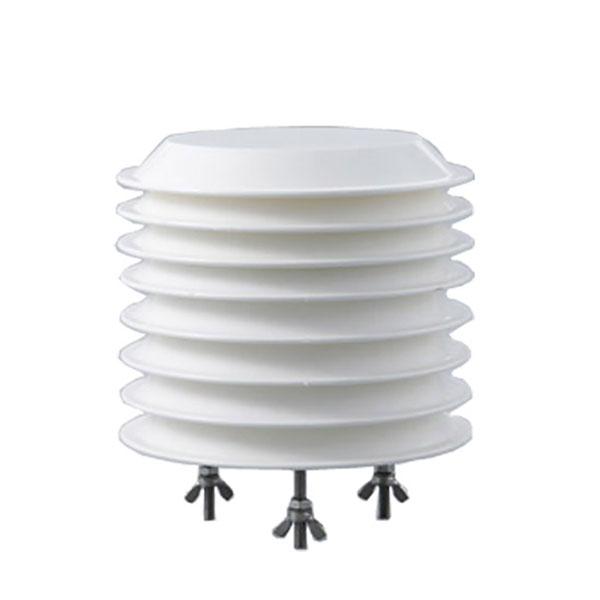 Capteur combiné de température de l'air et d'humidité relative
Capteur combiné de température de l'air et d'humidité relative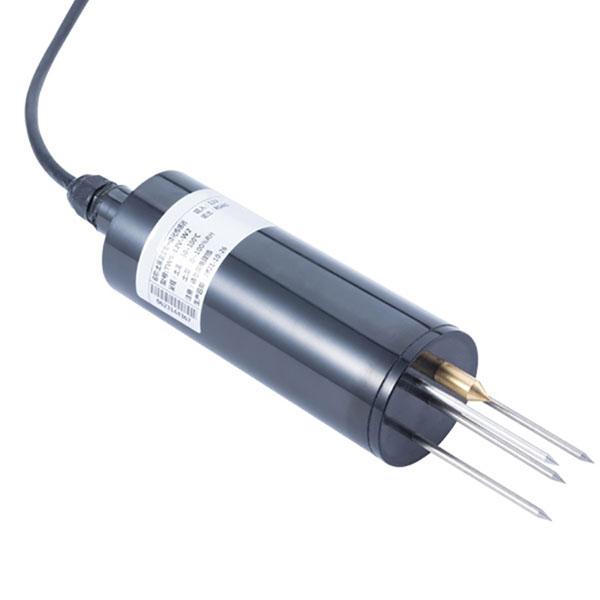 Capteur de température et d'humidité du sol pour l'irrigation
Capteur de température et d'humidité du sol pour l'irrigation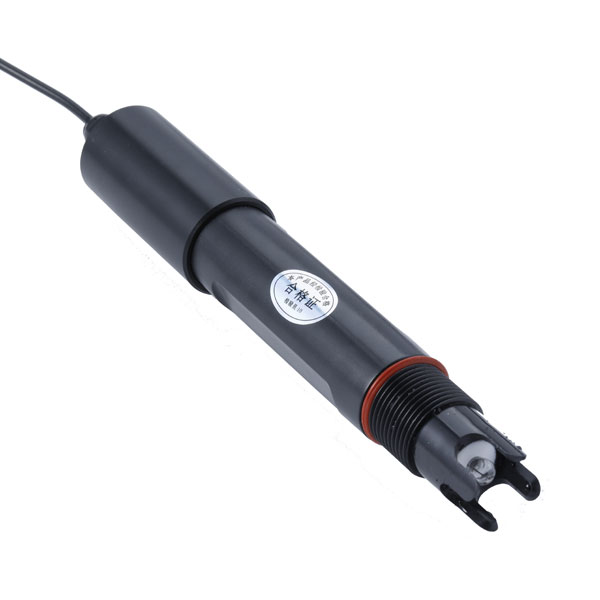 Capteur de pH du sol RS485, instrument de test du sol, pH-mètre pour l'agriculture.
Capteur de pH du sol RS485, instrument de test du sol, pH-mètre pour l'agriculture.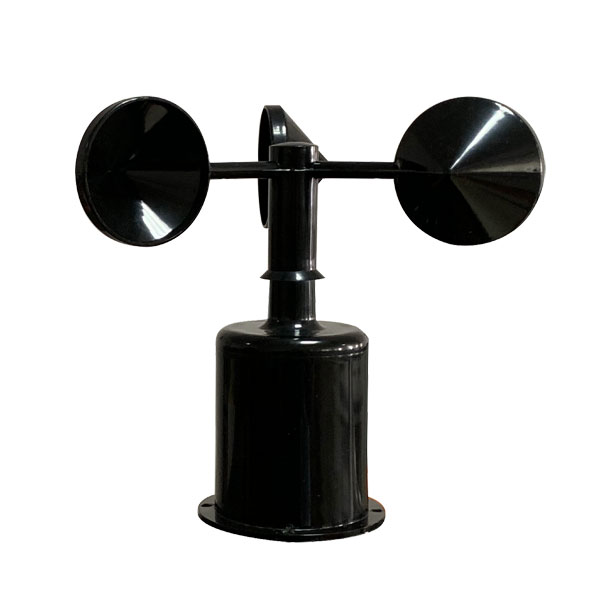 Capteur de vitesse du vent Sortie Modbus/RS485/Analogique/0-5V/4-20mA
Capteur de vitesse du vent Sortie Modbus/RS485/Analogique/0-5V/4-20mA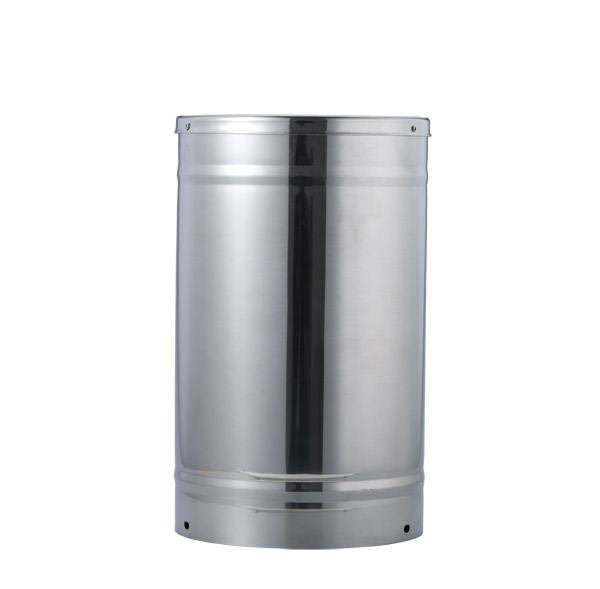 Pluviomètre à auget basculant pour la surveillance météorologique capteur automatique de précipitations RS485/···
Pluviomètre à auget basculant pour la surveillance météorologique capteur automatique de précipitations RS485/···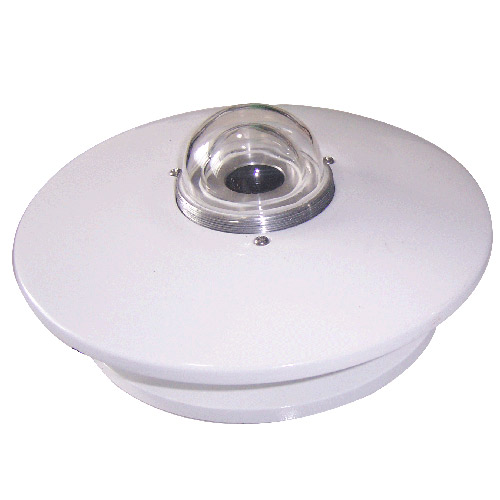 Pyranomètre Capteur de rayonnement solaire 4-20mA/RS485
Pyranomètre Capteur de rayonnement solaire 4-20mA/RS485
Capture d'écran, WhatsApp pour identifier le code QR
Numéro WhatsApp:+8615388025079
(Cliquez sur WhatsApp pour copier et ajouter des amis)
